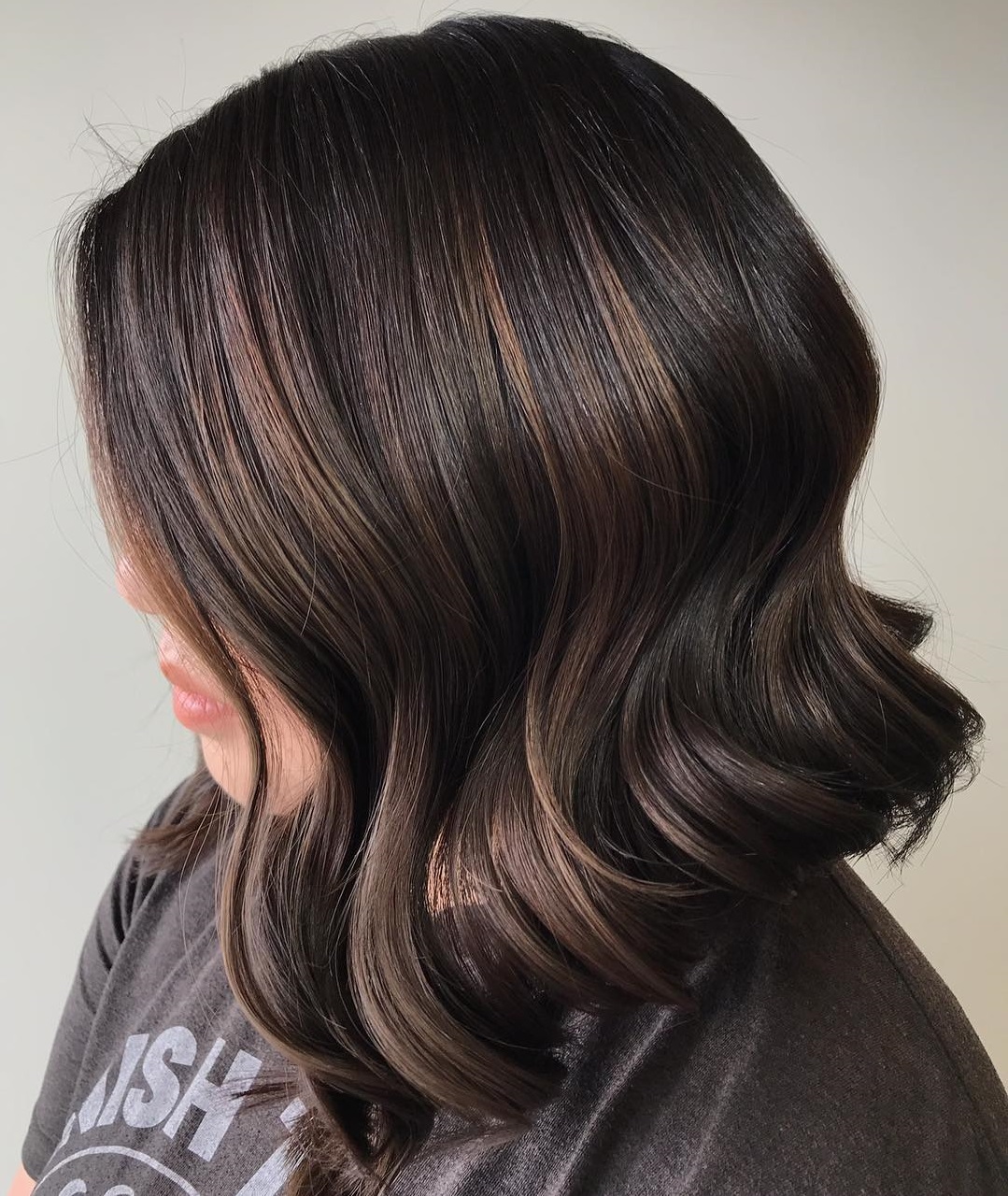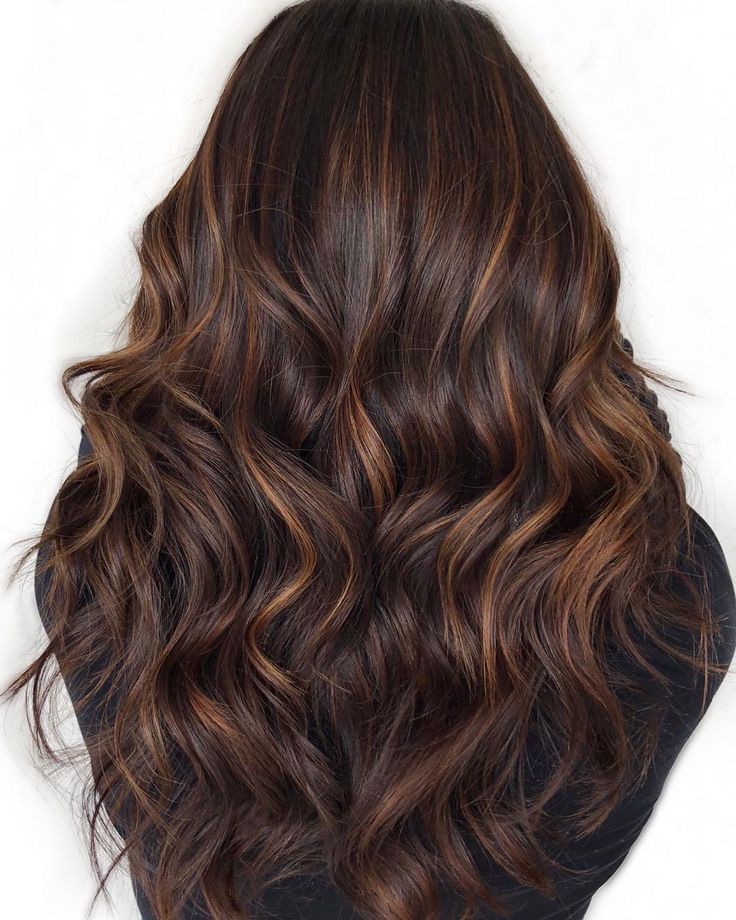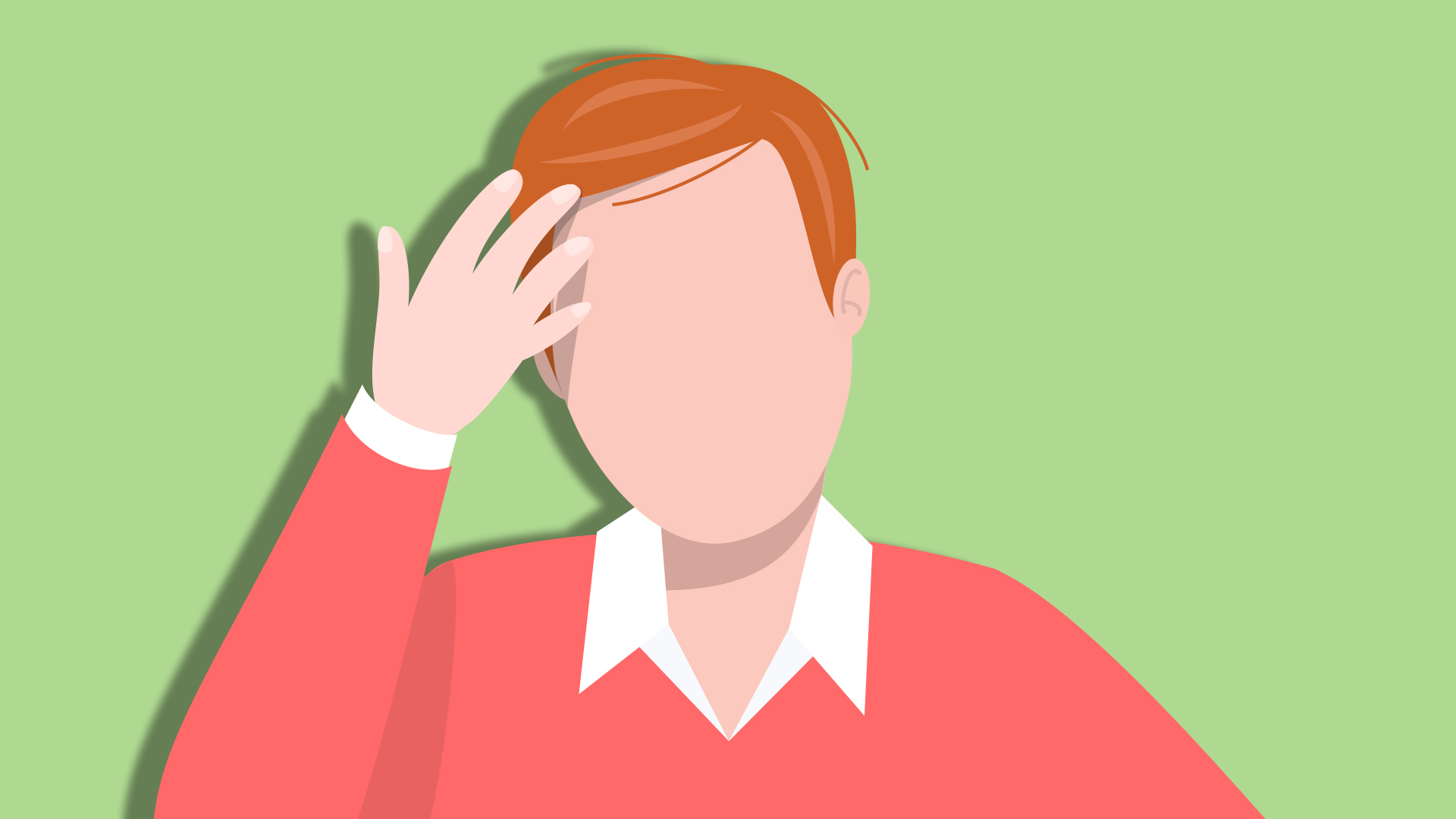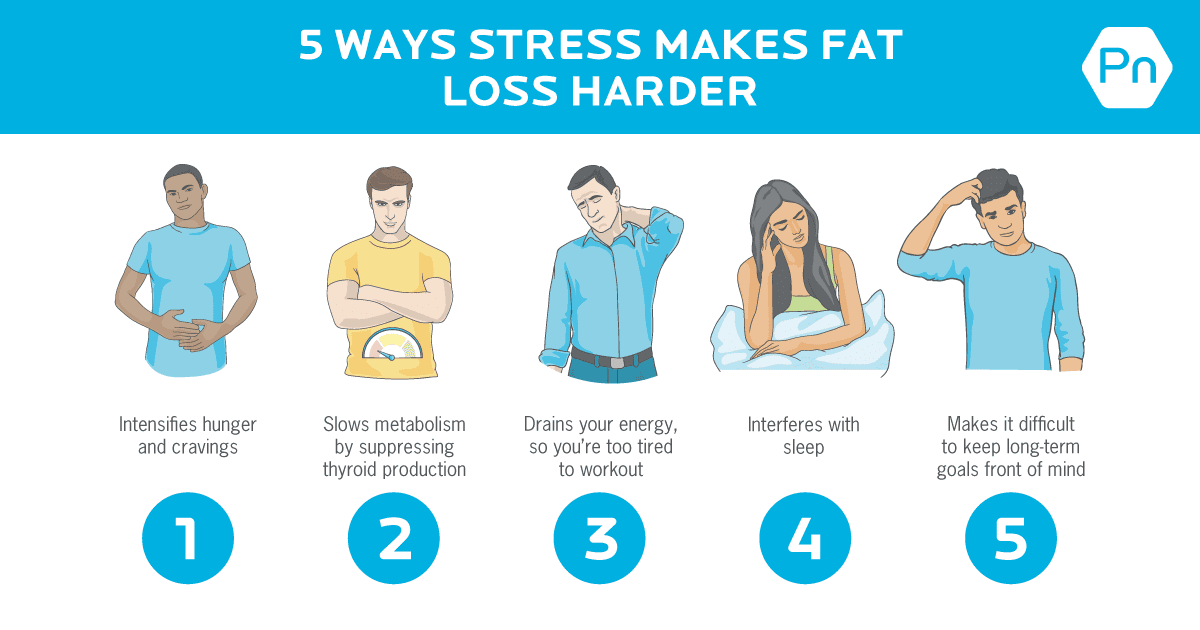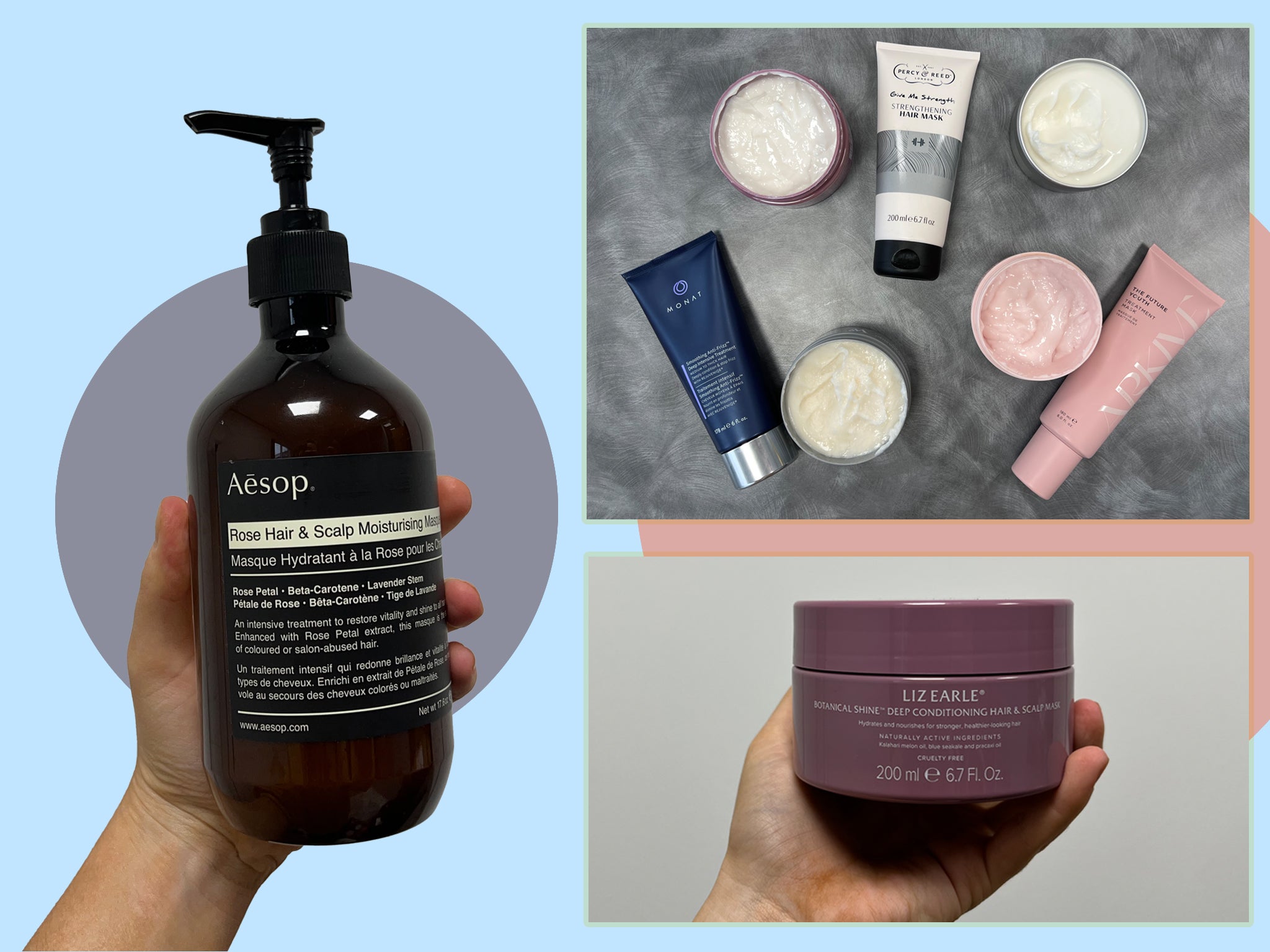Table Of Content

Hair masks (sometimes called deep conditioners) are highly moisturizing hair treatments that are traditionally used in a hair regimen after shampooing, and before conditioning. You might wonder how a hair mask is different from a conditioner, and this has everything to do with consistency and the potency of the product. Hair masks are a great tool to keep in your hair care routine. But Onuoha says that they're only part of the equation for maintaining healthy hair. She believes using conditioner every time you shampoo, and a leave-in is even more beneficial.
I Tried TikTok's Treatment Bun: See Photos - POPSUGAR
I Tried TikTok's Treatment Bun: See Photos.
Posted: Mon, 06 Nov 2023 08:00:00 GMT [source]
Fine Hair
Once out of the shower, wrap up your hair in a microfiber towel or blow-dry with a heat protectant and you’re good to go. You can use a hair mask once a week (if the product sits on the hair for 20 minutes or longer) or daily depending on the product. Hair masks replenish all hair types by using a potent combination of naturally healing ingredients such as shea butter, avocado, argan, and coconut oil. If your hair is long, dry, naturally frizzy, or damaged, you may benefit the most from using a hair mask.
Should You Apply A Hair Mask On Wet Or Dry Hair?
Even though this system works perfectly for most, if you’re someone battling with back acne or sensitive skin on your back, this may not be the best idea. When you eventually wash your mask off, the product slides down your body and if you’re prone to body acne, it can lead to breakouts when the skin isn’t washed off with soap after. You’ve heard us extoll the benefits of using a hair mask twice a week to maintain the health of your hair, but finding the time to do so can often be hard to come by. It’s time to make use of the additional hours you now have on your hands and do the things you’ve been putting off, like giving your hair the care it deserves. Hair masks contain powerful nourishing ingredients that reset the right amount of moisture into your hair.
Ultimate Haircare Routine: A Guide to Gorgeous Locks
Finding the right hair mask comes down to understanding what your hair needs. If you have coloured hair, your strands crave hydration along with a formula that maintains colour vibrancy. If your hair is fine, make sure you use a lightweight formula made specifically for your hair type. For a thick mane, anti-frizz and dryness are possibly your biggest concerns. If you have curly hair, pick a mask that’s formulated for you so that you’re left with shiny, bouncy curls after the treatment. If your hair has undergone multiple colour and chemical treatments, it needs a formula that can repair the damage.
Garnier hair masks are made with natural ingredients, so pick one you love the smell of, and take some time out of your schedule to not only improve your hair, but also relax and unwind. When it comes to picking the best hair mask for you, there are several factors to consider like hair type and concern. I recommend hydrating hair mask formulas to fight frizz and nourish your hair between heat styling. My usual go-tos include Garnier Fructis Nourishing Treat 1 Minute Hair Mask + Coconut Extract, Kérastase Le Masque Hair Mask, NatureLab. TOKYO Perfect Repair Treatment Masque and Biolage R.A.W. Re-Hydrate Hair Mask. If you have medium to high-porosity fine hair, use a protein hair mask once a week for 1 month to get the best results.
Formulated with nourishing oils and jojoba oil esters, it works wonders to nourish and rejuvenate, leaving your hair stronger and more resilient. Now that you've got the basics down, let’s dive into more details, such as how often you should deep condition your hair and in which cases you can leave a hair mask on overnight. Hair masks run the gamut when it comes to ingredients that can give your hair some TLC. The ingredients that may work best for you will depend on your hair type and the condition of your hair and scalp. While it may seem odd to stay in your shower for that duration, doing nothing, that’s the way it’s supposed to be. Unfortunately, a lot of people prefer using this time to wash the rest of their body.
The Keratin Treatment
Not to mention, you may just end up wasting product, which isn’t great for your wallet or the environment. Ohlmeyer calls this mask her all-time favorite for its combo of protein and moisturizers. It packs Japanese-sourced rice extract, perfect to nourish and strengthen color-treated and heat-damaged hair. Good for all hair types, this restorative treatment features alpha keratin — the protein most prominent in hair — and other ingredients to rebuild, strengthen, and soften strands.
Castor Oil for Hair in 2023: The Benefits, Risks, and How to Use - Cosmopolitan
Castor Oil for Hair in 2023: The Benefits, Risks, and How to Use.
Posted: Tue, 28 Nov 2023 08:00:00 GMT [source]
This will help to the product penetrate and seal the cuticle for more smoothness and shine. If you have multiple hair concerns, alternate between different masks to address your needs. "Just like one skincare product won't address all your skin concerns, one mask won't cure all hair woes," Kingsley notes. It feels rough to the touch (even straw-like in some instances), has lots of split ends and flyaways, and may be accompanied by an itchy, flaky scalp.

It is easily weighed down by too much moisture, so if you’re planning to use a moisture-based hair mask, stick to using it once a week or once every other week. That keeps your scalp from getting the cue to overproduce oil. Use a moisturizing hair mask once every week or every other week to provide enough moisture to keep oil under control. Damaged, curly, coily, dry, oily, fine, and thick hair all have different hair mask needs. In order to determine if using a protein-based hair mask will work for your hair, you need to know how porous it is.
Fill a glass with clean water, then add a single strand of your clean, product-free hair to the water. You may be tempted to add a little extra to that dollop in your hand, and, when you increase this by small amounts, it usually isn’t a problem. However, go over the top and triple product usage and you could end up with a greasy scalp and weighed down strands. However, this is all usually followed by a greasy scalp, limp hair, and other problems. For fragile hair you might want to air dry or squeeze instead of rubbing with a towel.
Colour treated hair can tend to become dry, with colour fading out over time. The harsher your colour treatment, the more damaged your hair may become - this is especially so when bleaching or lightening. The good news, is that hair masks can help mitigate some of the damage caused at the hairdresser. You could either use these hair masks alternatively each masking session, or give hair multi-masking a try.
This will then leave your hair and scalp feeling greasier than ever. "With hair masks, it really comes down to how they're being used," she says. People with dehydrated and damaged hair might want to use a moisturising hair mask two to three times a week, while people with oily hair might want to use it only once a week. If you’re aiming to rehydrate parched hair, go ahead and use your hair mask once a week.


